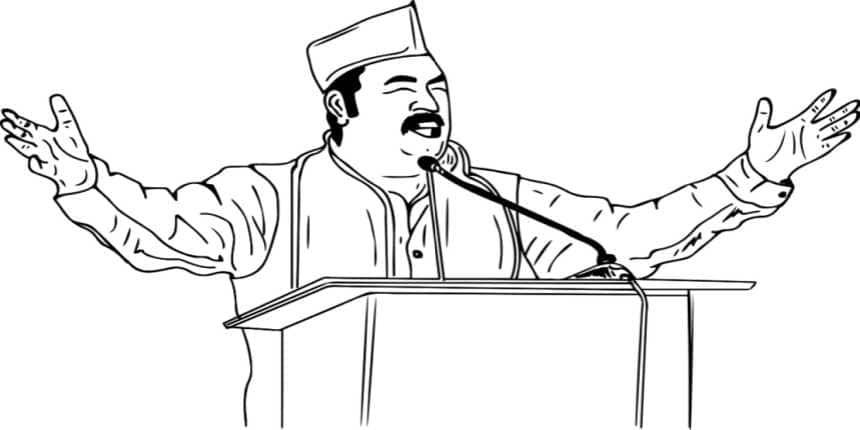MLA Full Form
What is the Full Form of MLA
The full form of MLA is the "Member of the Legislative Assembly." MLA is a member of the legislature of the Indian State government selected by the citizens of a district, and the voters nominate MLA. Each state in India may have four to nine MLAs for every MP (Member of Parliament) in the Lok Sabha. MLAs have distinct responsibilities depending on their position. Some people have more than one job; for example, an MLA can also be a chief minister and a cabinet minister. Union Territories have three unicameral legislatures: the Delhi Legislative Assembly, the Jammu and Kashmir Legislative Assembly, and the Puducherry Legislative Assembly. Only members of the Legislative Assembly can serve as ministers for more than six months. If a person, who is not a Legislative Assembly member, becomes Chief Minister or a minister, he must become an MLA within six months to keep his position. Only a member of the Legislative Assembly can become Speaker of the Legislature.
- What is the Full Form of MLA
- MLA Eligibility Criteria
- Responsibilities of the MLA
- How to Become a MLA?
- Salary of MLA

MLA Eligibility Criteria
To become an MLA, one must meet the following requirements:
The candidate must be an Indian citizen and should be at least 25 years old.
They should not be mentally ill.
The candidate must be a registered voter in one of their state's legislative assemblies.
They should not be appointed to any position of advantage within the government of India.
Responsibilities of the MLA
The MLA should serve as a leader for the people of their constituency.
As a lawmaker, an MLA must comprehend existing laws and create and support new ones.
The MLA should advocate for and resolve popular concerns and local issues as a state government representative.
An MLA must effectively use the funding for local development to improve a constituency.
MLAs also have the vital task of electing the state's chief executive.
MLAs are sometimes required to fill many roles.
MLAs may also be CMs or ministers in the state cabinet or administration.
MLAs who are also cabinet members must devote significant time and attention to administering the operations of their assigned ministries. Cabinet members should be prepared to react to opposition inquiries, present government laws, and handle their ministries' estimates and annual reports.
The state legislature has a vote on who would become President of India. Elected members of the legislative assembly, as well as Members of Parliament (MP), vote in the election of the President of India.
How to Become a MLA?
Every five years, legislative elections are held. To be elected as an MLA, an interested individual must meet the qualifying criteria and complete the processes outlined by the Election Commission of India (ECI). Candidates may run as members of any political party or as independents if they have no affiliation with any political party. The vote of the people elects the MLA.
Salary of MLA
The average salary ranges between 1.25-2.5 lacs per month. Additionally, they are offered MLA funds, travel allowance, government accommodation, dearness allowances, postal and telephone allowances, medical coverage, a stationery fund, etc., depending on state protocols. After retirement, retired MLAs are given pensions as well.
Other Related Full Forms -
Frequently Asked Questions (FAQs)
The Governor of the State is the MLA's superior official.
The Raj Bhawan is the residence of the MLAs.
No, a person cannot serve in both the parliament and the state legislature. According to Article 101(2) of the Indian Constitution, if he gets elected to both seats, he must retire from one.
An MLA has a five-year term. The Governor may dissolve the period early if the Chief Minister requests. However, Parliament may extend the term mentioned above by legislation while a proclamation of emergency is in effect for a duration not exceeding 1 year at a time and not exceeding 6 months after the proclamation has ceased to act.
The party with the most parliamentary seats establishes the government. The majority party's MLAs choose their leader, who becomes the Chief Minister. The Chief Minister appoints ministers from their own party's MLAs. MLAs who become ministers are given a portfolio or department and are responsible for the actions of their respective departments.

